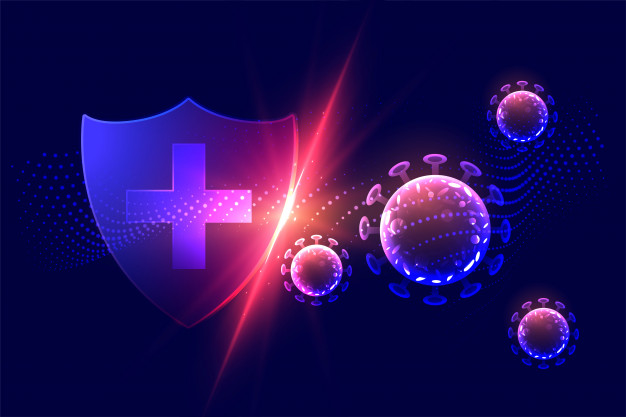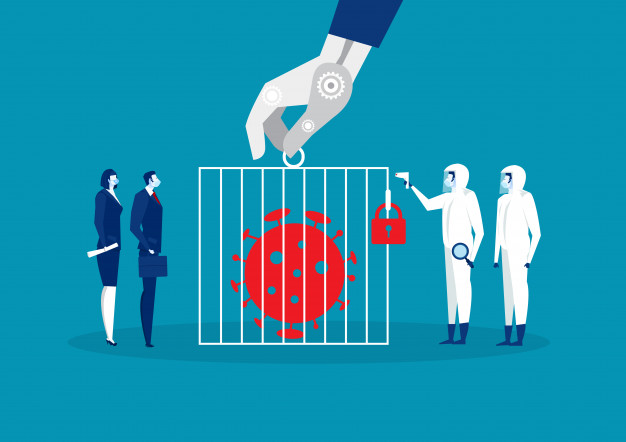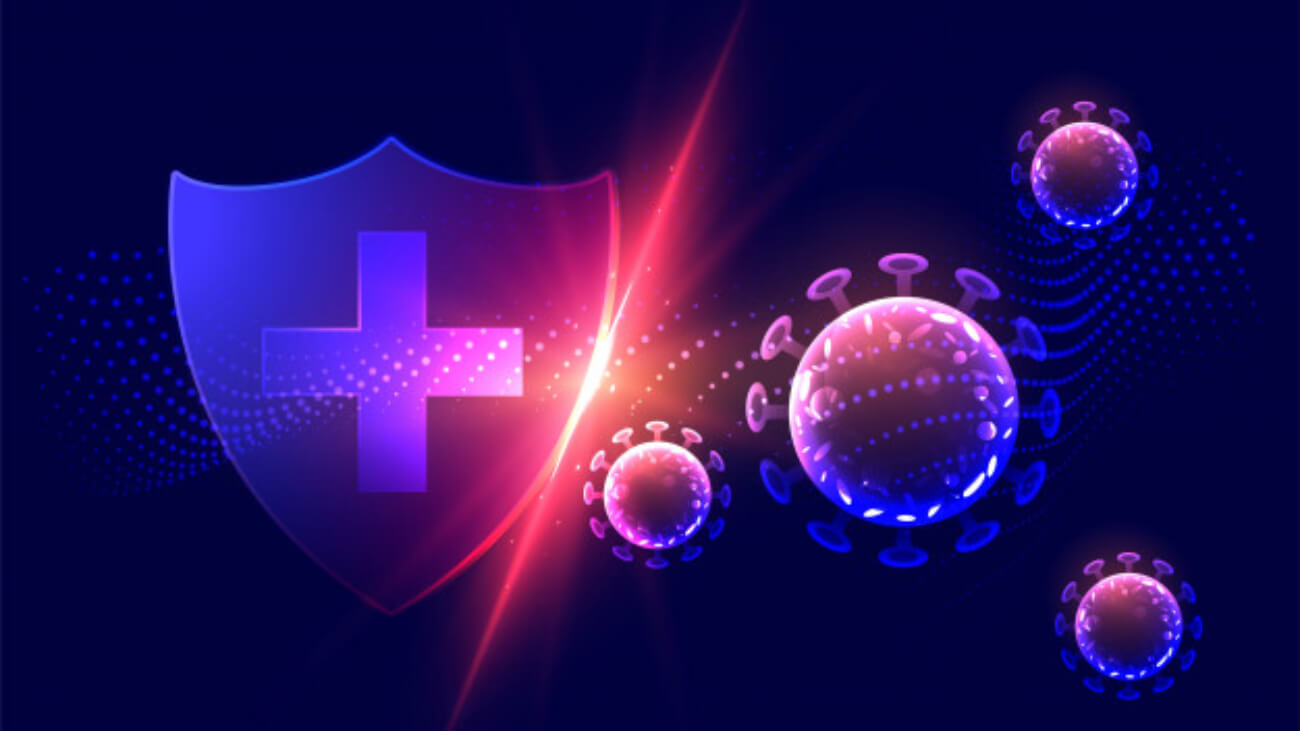UV-C light is the part of the electromagnetic spectrum bounded with lower wavelength extreme of the visible spectrum and x-ray radiation band, which produces spectral range between 100to 400nm, which is invisible to human eyes. UV-light is the most popular choice for industries because it inherits benefits and endless possibilities that require water, air, and surface sterilization. The solutions offered by germicidal UV-C technology are Safer, simpler, and cost-effective. Lux UV-C provides a wide range of products in different units that help safeguard drinking water from harmful microorganisms, food processing plants, hospitals, and many other applications. UV sanitation light is delivered with the low-pressure lamps, high-pressure lamps, and light-emitting diodes to disinfect the surfaces. The low-pressure lamp offers a wavelength of 253.7nm, and also looks likes a fluorescent lamp. High-pressure lamp radiates a broadband UV-C radiation rather than a single line and similar to like HID lamps. LED or light-emitting diode is also a source of UV-C germicidal light. UV light is mainly divided into three categories according to their wavelength frequency.
- UV-A light has (315-400nm), which is known as long-wave.
- UV-B light has (280-315nm), which is known as medium-wave.
- UV-C light has (100-280nm), which is known as short-wave.
UV-A light passes through the atmosphere with little change. UV-B is absorbed 90% or more by atmospheric ozone and UV-C, which is incorporated by atmospheric ozone and has little effect on human health because it has minimal penetration to the earth’s surface. Short wave UV-C light provides a strong germicidal effect and erythema as well as conjunctivitis. When using germicidal UV-light lamps, it is essential to design the system in such a way to avoid leakage and impact caused by it.

Most products absorb UV-C, like standard flat glass absorbs all UV-C light, and also dead skin absorbs a lot of UV-C light so that erythema can be limited. UV-C light is absorbed by RNA and DNA, damaging nucleic acids and preventing microorganisms from infecting and reproducing & leaving them unable to perform vital cellular functions. It takes about 20-25minutes, which is a reliable time for exposure as recommended for UV disinfection.
UV-light sanitizer wand protects the surfaces from bacteria, germs, viruses, and mold that can severely affect your health as well, but with UV-light 21 inch wand usages, you can get the power cleaning. To destroy up to 99.99% of all germs, wave the wand slowly within 1 inch above the surface area for 20 seconds. Ultraviolet light is used to kill or inactive microorganisms and pathogens in various processes like water purification, surface cleaning in multiple areas, food and beverage industries, and environment cleaning. Here are some areas where it can be useful-
UV-C light in the water treatment process:
When water passes through the ‘light-bath’ of UV-C light, the waterborne bacteria, viruses, and pathogens are destroyed in seconds and clinically tested; this process purifies 99.99 % water. UV-C light also eliminates chlorine, which can cause harmful and irritating effects on the human body and is especially crucial for water purification in pools and spa. UV-C light is also used for wastewater, life sciences, aquaculture, treating ship ballast water, and water reclamation. It is unhealthy, toxic, and hazardous to handle and disinfect water in a traditional way, and without UV-C light. It is safe, environment friendly, and in some cases, more effective like industrial and commercial process and water reclamation.
UV-C light in Air- sterilization process:
In areas as institutions, hospitals where air quality is essential for health, you can use UV-C for controlling, sterilization, and elimination of industrial exhausts which contain harmful solvents. Serious health illness and contaminates like asthma or other respiratory ailments can be cured with germicidal UV purifiers of air because they eliminate the microorganisms which present in the air. Germicidal UV-C light has many benefits in other areas like wastewater plants, farms, kitchens, food & beverage processing plants. In industries like printing, plastics, rubber, were harmful and toxic chemicals produced, UV-C light used to purify the air through germicidal lamps. Other useful areas of air sterilization through UV-C light are healthcare, agriculture, commercial, industrial, residential, and vinyl.
UV-C light in Surface sterilization:
Mostly chemicals are used for surface sterilization, which is crucial in many industries, so it is safe to use UV-C light for the surface cleaning process. In food industries where the processes need to be carried throughout the day without interruption, mainly due to the infection, you can use germicidal ultraviolet light to kill viruses, bacteria, fungi in seconds for preventing shelf life and nutritional value. Furthermore, UV-C light directly works on COVID-19 or novel coronavirus and has beneficial effects. COVID-19 is a disease that is highly infectious and spreads rapidly in the community with direct contact with each other. Germicidal UV-C light helps to reduce the spread of active pathogens like flu and superbug. UV-C light is sufficient to inactivate the organs of viruses and bacteria, and it is essential to disinfect the used surfaces. UV-C light is mainly used to clean the surfaces and rooms because COVID-19 can live on certain surfaces up to three days, so it is crucial to disinfect them at regular intervals.

Usage of 222NM for surface sterilization:
Light sources 222nm excimer lamps provide 100% light output in less than a second and conventional germicidal lamp starting with 50% output and take several minutes to achieve 100% output. UV-C excimer lamps are mercury-free, start instantly, and are available in 20w and 300w, which are essential for bathrooms, toilets, counter-tops.
Benefits:
- It is mercury-free and has a large production capacity compared to traditional lamps.
- UV-C excimer lamp is easy to design and have an effective germicidal wavelength for most spores.
- Excimer lamp has a wide operating temperature and instantaneous on or off.
- Excimer lamp used in surfaces, Air, water sterilization.
Use of UV-C in Hospitals:
It is crucial to use the UV-C light disinfection in hospital& medical facilities, where the viruses and infection spread from patient to patient and room to room. In these areas, manual cleaning with chemicals is not sufficient to restrict the spread of harmful diseases. UV-C light kills bacteria and viruses faster and high due to other light-based methods of disinfection, such as chemical cleaners and antibiotics. The benefits of germicidal UV-C light disinfection in hospitals are- nursing home, emergency wards, laboratories, dental surgery, medical types of equipment, pharmaceutical storage facilities, and operation theatre.
Use of UV-C light in Food & Beverage processing units:
In food & beverage processing or servicing, industry illness spreads from staff member to a staff member because of the close contact between them. Germicidal UV-C light has shown effective in killing pathogens like coli, and salmonella, which is typical food born bacteria that are the main cause of widespread illness. You can disinfect your surface areas with UV sanitation light and keep your staff and customers happy as well as safe.
Use of UV-C in Gym training center:
The close contact and sharing of equipment in gyms, clubs, recreation centers, pools, exercise, and athletic facilities are at a higher risk of spreading viruses and infections. Adding an extra layer of protection using UV-C light disinfection assures your members that their equipment, locker room, etc. are safe to use than other gym or athletic clubs. Some of the specific spaces that can benefit from the UV-C light system are- gyms, fitness clubs and training centers, recreation centers, public pools, basketball courts, tennis courts, hockey rinks.


